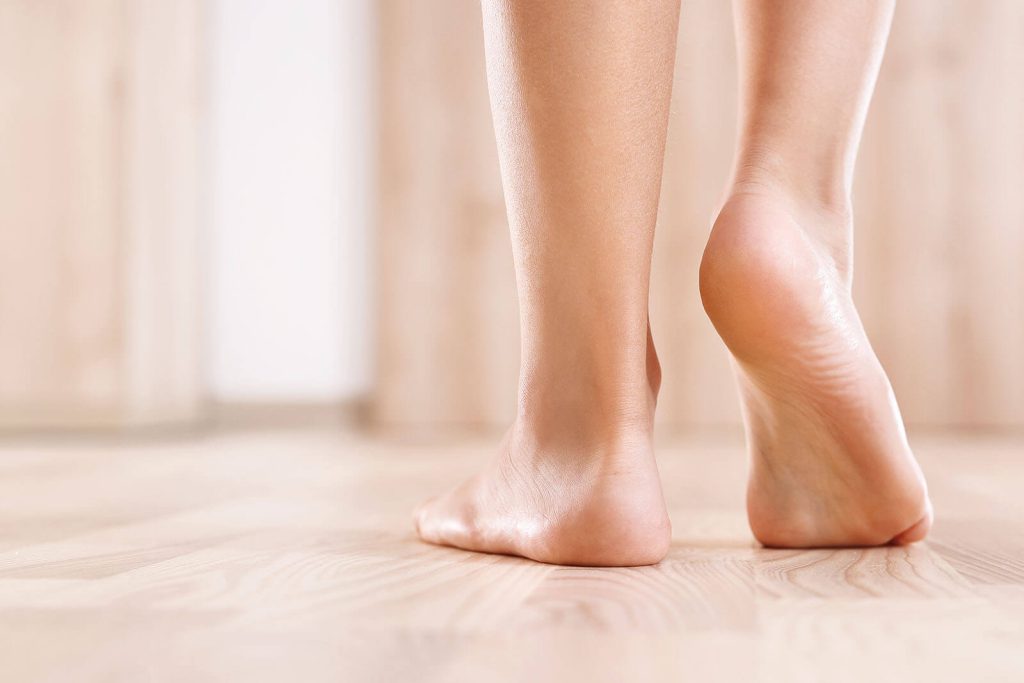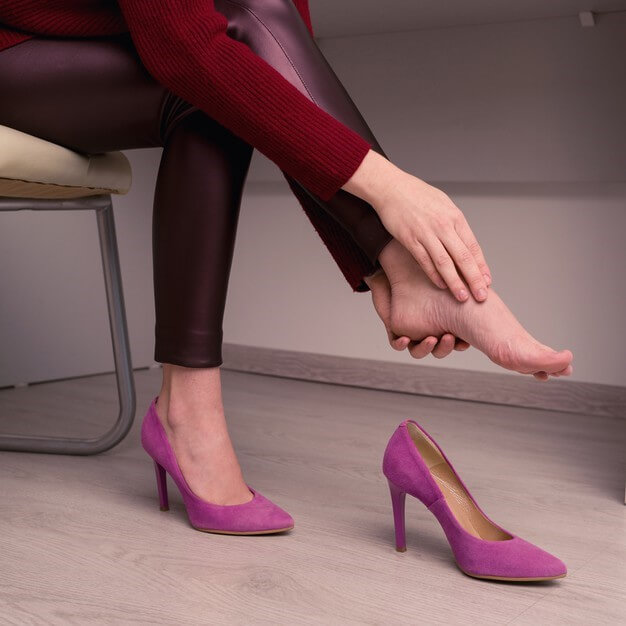11 Facts about flat feet
Flat feet are characterized by one or both feet having little or no arch. There is no need to treat flat feet if they are not causing any problem. Usually, it do not cause any problem. Should not prevent you from doing any activities, including sports! Flat feet are rarely a sign of serious diseases Children’s feet usually remain flat until about six years old. Flat feet are one of the most frequent conditions in children, affecting 90% of children by the age of one year. It caused by increased flexibility of the foot’s joints and ligaments. It can cause pain in the arch of the foot and ankle after prolonged standing or walking; in these cases, arch supports can help alleviate the symptoms. Surprisingly, it does not affect the growth of the foot. Experiencing discomfort or numbness in your feet. Repeated foot or ankle injuries. You have problems walking or balancing You have recently had flat foot Only affects one foot How a podiatrist at Health and Style Medical Center can help you Will help you choose shoes that are a good fit for you. Will advise you to use a shoe sole to support your feet. Suggest foot exercises for you. Prescribe analgesics. These tips will help in treating pain and/or stiffness, but they won’t change the shape of your feet. But if you have a problem with the bones, tissues, or muscles in your foot, a podiatrist may recommend surgery.
11 Facts about flat feet Read More »





